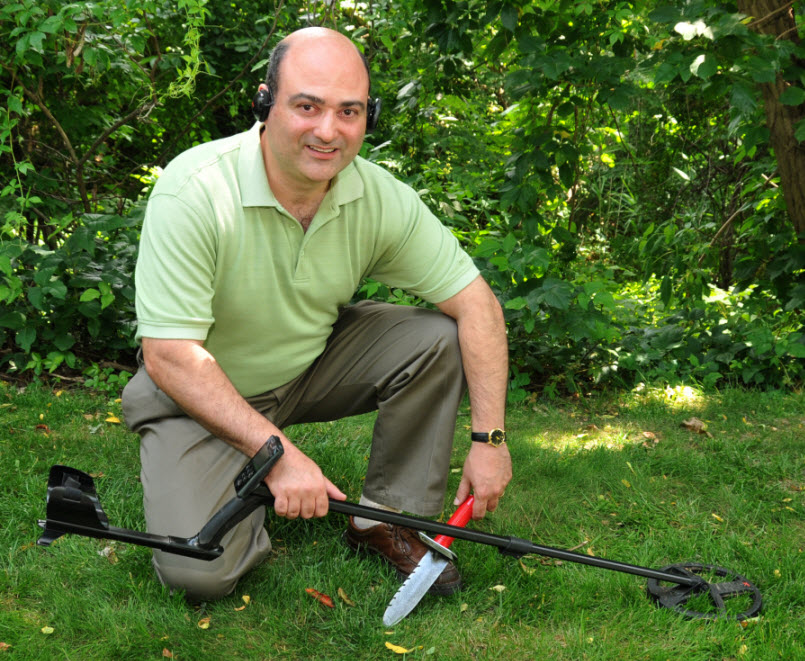<p>I was surfing around a forum about antique collectibles the other day and ran across a question I get asked all the time: “What’s the significance of collecting old bottles? Do they have monetary value, or is it just like antique collecting where people like old things? Someone unveil this mystery for me.” Collectors on the forum summed it up perfectly: One responded, “Nostalgia, monetary value and for decorating.”</p>
<p>Another replied, “Bottles have decent value if you find the right ones. A couple bitters bottles can be worth a few grand.” There are dozens of reasons why collectors love their antique bottles. Not only is each bottle unique and beautiful, it reveals valuable information about the early decades of the U.S., Canada or other countries. They also allow us to learn about the history of bottle and glass manufacturing. In a nutshell, each bottle paints a picture of the lifestyle and civilization long ago.</p>
<p style="text-align: center"><img class="aligncenter" alt="" src="http://myblogguest.com/forum/uploads/articles/2013/7/bio_photo_-_michael_bernzweig_wit_xp_deus.jpg" width="600" height="490" /></p>
<h3>“Old” versus “New” Bottles</h3>
<p>Generally, bottle categorized as old are Pre-1900’s and new are Post-1900s. Antique collectors usually define and antique as something more than 100 years old. Some people think that newer bottles aren’t worth as much money as old, or antique, bottles. But that isn’t always the case. Newer bottles such as Avon, Coke bottles and Jim Beam are very desirable and can garner quite a profit.</p>
<p>Collectors of antique bottles say that they value the history or ‘lore’ of the bottle more than its monetary amount. They enjoy learning about the origin of the bottle, which is often displayed in an embossed design. Raised letters on the bottle typically identify the maker and location, trademark and the bottle’s contents. American bottle manufacturers started embossing bottles in 1869 and concluded the process in 1903 with the production of machine-made bottles and the use of paper labels.</p>
<h3>Types &; Categories of Antique Bottles</h3>
<p>So, you’re interested in collecting old bottles…where do you start? First you should decide if you will be ‘free-wheeling’ it – a bottle collector who collects all different types of bottles from various time periods. OR, will you specialize in one type of bottle collection? By this, I mean- some collectors specifically collect perfume/cologne bottles, ink bottles, bitters bottles or flasks. Starting with a specific category is a good idea. Then, you can meet up with other collectors in your genre and trade/discuss duplicate bottles.</p>
<p>According to Antique Trader® Bottles Identification and Price Guide, 6th Edition, it’s important to learn about the values of bottles BEFORE you start collecting. Below are three general categories of bottles:</p>
<h3>1. Low End or Common Bottles:</h3>
<p>These bottles show noticeable wear and labels are missing or not readily visible. No embossing or identifying marks.</p>
<h3>2. Average Grade Bottles:</h3>
<p>They show some wear and a label may be visible. They are usually clear in color or aqua and free of chips in the glass.</p>
<h3>3. High End and Unique Bottles:</h3>
<p>They may be empty, partially full or completely full with the original stopper/label or embossing. Colors include but are not limited to green, teal blue, yellow or yellow green.</p>
<h3>Digging for Bottles—Using Metal Detectors and Probes</h3>
<p>There’s another way to find your own antique bottles besides paying cash—and that’s dump digging. Digging is an inexpensive way to search for your own collectible bottles. Most early settlers handled garbage themselves by digging a hole about 25 yards from the back of their home or business. They also threw out trash and bottles in the privy, or outhouse pit. These are the treasure troves of antique bottle collectors.</p>
<p>There are many ways to locate trash pits and it will be prudent for you to research sites before you start digging. Once you have determined where you will “dump dig,” a metal detector and probe will come in handy. A deep-penetrating metal detector with a large search coil is ideal for locating a dump site. Be sure to read the article entitled &#8220;What are the Best Metal Detectors for finding Antique Bottles?&#8221;</p>
<h3><strong>Other essential accessories to consider</strong></h3>
<p>Large search coils can detect larger objects and detect them at greater depths. A pinpointing probe is another essential tool for bottle diggers. This is a long, slender metal rod used to probe for the exact location of metal targets. The Garrett Pro-Pointer Pinpointing detector is a popular choice among bottle diggers. It features audio and vibrating alarms that increase in intensity based on a target&#8217;s proximity. No matter which metal detector you select, have fun with your bottle digging adventures!</p>
<h5>Featured images:</h5>
<p><span class="license">License: Image author owned</span></p>
<p style="line-height: 1.15;margin-top: 0pt;margin-bottom: 0pt">Biography</p>
<p>About the author: Michael Bernzweig managesMetalDetector.com in Southborough, MA. He has written extensively on the subject of metal detecting since the mid 1980’s. He has traveled world-wide in his pursuit of educating, exploring and advising others in the proper use of metal detectors. Outside of the business he enjoys mentoring students, being involved in the community and spending time with his family.</p>

The Popularity Of Antique Bottles As Collectibles
